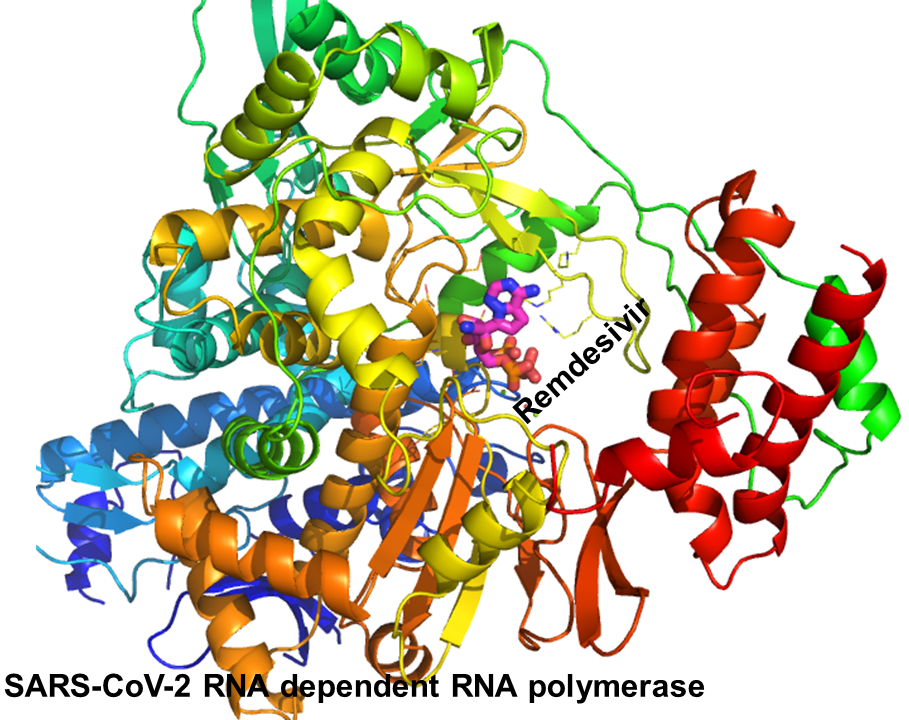Out of some of the hottest trends that have been on the top lists for quite a while are choosing an entrepreneur as the primary occupation and doing an eco-friendly business.
The need of renewable energy is increasing in the world due to rapidly growing human population, urbanization and huge consumption of fossil fuels. Fossil fuel reserve is very limited, and the reserve is getting depleted day by day. The primary sources of energy that can be used as the alternative of fossil fuels are wind, water, solar and biomass-based energy.
Currently biomass as a feedstock for biofuel production is gaining importance. Biomass energy is supplying about 10-15% of total energy demand of the present world. Biomass feedstocks include organic material such as wood, wood-based energy crops, grass, lignucellulosic materials like wheat straw, rice straw, sugarcane baggase, corn, microalgae, agricultural residues, municipal wastes, forest product wastes, paper, cardboard and food waste. Biomass can be converted into biofuels by thermochemical and biochemical conversion. Based on the types of feedstocks or biomass the biofuels derived are divided into different groups i.e. 1st generation, 2nd generation, 3rd generation. 1st generation biofuels mainly extracted from the food crop-based feedstocks like wheat, barley, sugar and used for biodiesel and by fermentation to produce bioethanol. But first-generation biofuels face the “fuel vs food” debate and also the net energy gain is negative. 1st generation biofuels production systems also have some economic and environmental limitations. To overcome the drawbacks of 1st generation biofuels 2nd generation biofuels have been generated from the non-food crops-based feedstocks like organic wastes, lignocellulosic biomass etc. For biofuel production from these sources rigorous pretreatments are required to make the feedstocks suitable for biodiesel production. This is the major drawback of 2nd generation biofuel production. Then the attention of the world has been shifted towards 3rd generation biofuel production entails “algae-to biofuels”. Microalgae is easy to cultivate, has higher photosynthetic rate and growth rate than other plants and there is no food vs. feed dilemma present of using microalgae as feedstock for biofuel production. Presently the attention is also given towards fourth generation biofuel. The former concept of third generation of biofuel deals with the conversion process itself from the microalgae to biofuel. The fourth generation of biofuel concept deals with development of microalgal biotechnology via metabolic engineering to maximize biofuel yield. Fourth generation biofuel uses genetically modified (GM) algae to enhance biofuel production. In comparison with third generation in which the principal focus is in fact processing an algae biomass to produce biofuel, the main superior properties of the fourth are introducing modified photosynthetic microorganisms which in turn are the consequence of directed metabolic engineering, through which it is possible to continuously produce biofuel in various types of special bioreactors, such as photobioreactors.

Biomass has the highest potential for small scale business development and mass employment. Characterized by low-cost technologies and freely available raw materials, it is still one of the leading sources of primary energy for most countries. With better technology transfer and adaptation to local needs, biomass is not only environmentally benign, but also an economically sound choice. Bio-based energy can be expected to grow at a faster pace in the years to come.
On the Biomass Energy sector, the India government committed to increasing the share of non-fossils fuel in total capacity to 40% by 2030. India produces about 450-500 million tonnes of biomass per year. Biomass provides 32% of all the primary energy use in the country at present. A total capacity of 10145 MW has been installed in the Biomass Power and Cogeneration Sector. The Installed Capacity of Biomass IPP is 1826 MW together with the Installed Capacity of Bagasse Cogeneration is 7547 MW and the Installed Capacity of Non-Bagasse Cogeneration is 772 MW.
The eco-friendly business has lots of benefits, by going green with your business you’re promoting the Earth’s safety from potential environmental catastrophe, you support innovation and concomitantly producing green energy.
The Government of India has been constantly bound on increasing the use of clean energy sources. This does increase a better future and at the same time creates employment opportunities too. According to The Ministry of New and Renewable Energy (MNRE), India’s total installed capacity of renewable energy is 90 GW excluding hydropower. Also, it states that 27.41 GW will be added. Renewable Energy in India is a great asset to Energy Contribution, yet India still needs to work a lot in Renewable Energy Sectors.










